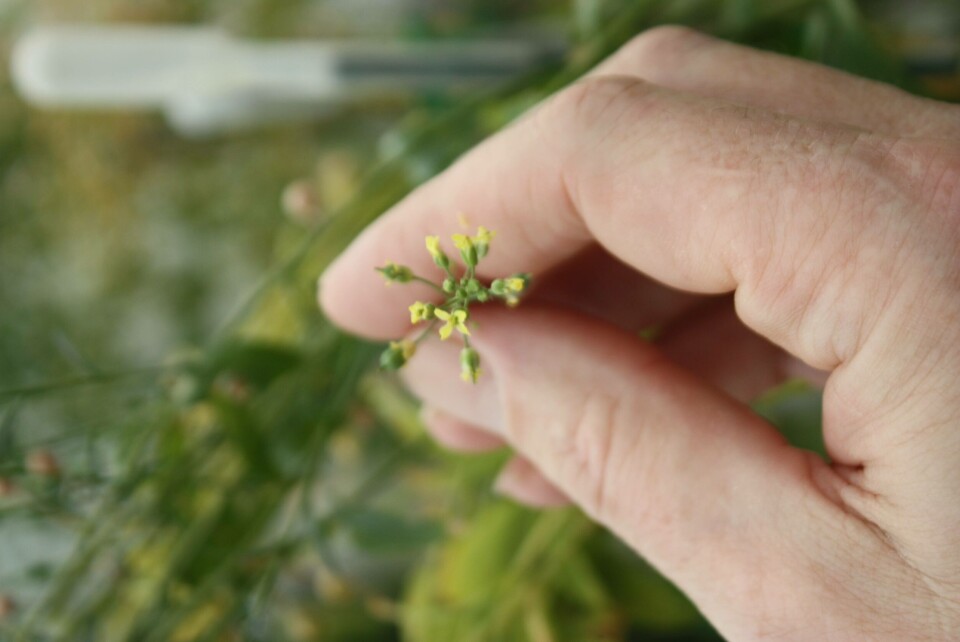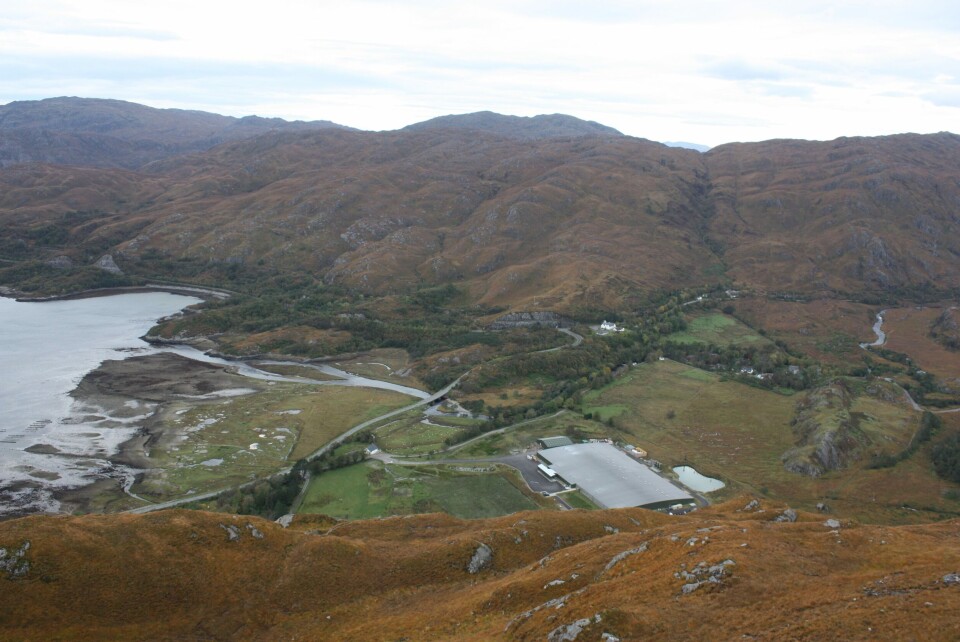
Updated Salmon Standard starts to take shape
The updated version of the ASC’s Salmon Standard, which is due to be published later this year, looks like it will be more streamlined but possess tighter rules regarding the use of marine ingredients.
As the second round of public consultation on the standard draws to a close, Michiel Fransen, Standards & Certificate Co-ordinator at the ASC, explains to Fish Farming Expert how the eagerly awaited Version 2.0 is evolving.
When do you think Version 2.0 will be launched?
There is no fixed date, as it really depends on the feedback from the second round of public consultation, which began in December and is due to end on February 6th, but I think we will have finalised Version 2.0 by the end of the year.
What are the main issues being addressed by the new version?
The two main considerations are Forage Fish Dependency Ratio (FFDR) and Parasiticide Treatment Index (PTI).
The first measures the ratio of fish meal (FM) and fish oil (FO) used per unit of salmon produced, and we are planning to make this requirement stricter to ensure that the marine ingredient content in salmon feeds is lowered. This is a goal that salmon producers, retailers and environmental NGOs all seem to agree is not only desirable but also achievable, due largely to advances in the feed industry. While the original FFDR level was suitable at the time when version 1.0 of the salmon standard was initially being prepared (back in 2004), feed formulation has evolved considerably since, so we could strengthen these requirements, something that has been accepted by broader stakeholder group.
PTI levels, on the other hand, are determined by the toxicity of the substance used in sea lice treatments and the number of treatments used over the course of the salmon’s time at sea. However, it has been harder to come up with a universal PTI level – due to both the geographical spread of the salmon industry, which operates in areas populated by different lice species, and due to the fact that several different salmon species are grown world-wide.
The technical working group - consisting of NGOs, industry and academia - has been discussing options around parasiticide use since May 2016. The aim is to revise the PTI indicator in a way that drives innovation and mitigates environmental damage from the use of these chemicals by farms, whilst ensuring it does not simply exclude farms based on their location.
FFDR has been seen by some as a poor measure of sustainability. Do you think it might be possible to adopt an alternative measure in the future?
One of the main issues surrounding the salmon sector is that some of the fish stocks used in feeds are overfished and overexploited and this is why, during the original salmon dialogues - which kicked off in 2004 and preceded the formation of the salmon standard - it was decided that FM and FO levels needed to be reduced, and so adopted an FFDR threshold as the best way of doing this.
It could be argued that, if all the FM and FO included in feeds comes from healthy fish stocks, then there is no need to reduce the use of that source, especially if you are going to substitute FM, for example, with soy produced in areas that were previously rainforest. We’re not against the use of FM/FO in diets, but do advocate and require that (over time) these ingredients are derived from well-managed sustainable stocks.

Which alternatives to marine ingredients do you see as being the most viable – would ASC, for example, tolerate the use of GM canola (which contains high levels of DHA and EPA) in feeds, should it be permitted by law in some countries?
There is a broad range of alternatives to FM and FO emerging. Those that can act as a substitute for FO, in particular, generate a lot of interest from the industry. Which one turns out to be most viable is not yet clear, but this will depend on their nutritional values, applicability in diet formulation, available volume and the price. From an environmental point of view, it would be essential to determine if the alternatives truly have less impact compared to FM and FO.
ASC takes a neutral standpoint on the use of GMOs in feed. Current scientific outcomes on possible effects of GMOs, show evidence in favour of and against its use, resulting in an undecided outcome. In addition, both governmental and non-governmental organisations offer no conclusive outcome on the debate. Transparency is built into the ASC standards, which require producers to declare the use of GMO-derived ingredients in their feeds.
Do you think that there are any salmon producers that the rest of the industry can learn from?
I think that any company that has achieved ASC certification for any of its sites has done well, but I’m particularly impressed by the efforts of the Global Salmon Initiative (GSI) members. The initiative still has some hurdles to overcome, but it is successfully countering a lot of criticism on the salmon industry. ASC welcomes the initiative, as it brings a more united voice to the sector, which can provide more than just incidental answers.
It’s a very powerful example that could be used as a blueprint for producers of other species such as shrimp and pangasius – they don’t necessarily need to express a commitment to ASC, but it’s a good way of presenting a united front and collectively address common goals.

Do you think that the target set by the GSI to have all farms ASC certified by 2020 can realistically be achieved?
It’s a possibility, but assessment tends to start with a gentle curve – the first farms put forward are comparatively easy to certify – but the curve gets steeper and the farms towards the end of it are much more of a challenge.
Only two farms are currently ASC certified in Scotland and the low uptake to date is undoubtedly connected to the fact that the production of parr/smolt in freshwater lochs precludes certification. Do you think that the requirement to produce smolt in contained facilities might change at some stage?
Amending this stipulation prior to the publication of Version 2.0 is not part of the current consultation process, but there are ongoing discussions between ASC and Scottish producers about what might be possible in the future. It’s not in our interest to close the door to an entire branch of the industry, but we want to create incentives that promote more responsible practices. In the meantime, the industry in Scotland is increasingly moving towards the use of RASs for juvenile production, which is a way to mitigate on our requirement regarding parr/smolt rearing in freshwater lochs. Obviously, RAS production offers much more benefits besides this.
What impact do you think Version 2.0 will have on the salmon sector in general?
The changes in both FFDR and PTI are good news for the industry – lowering the FFDR is very feasible and producers will welcome more relevant requirements around the use of parasiticides, so overall I don’t see the revisions as making certification out of the reach of the best performing farms. Indeed, the feedback we’ve had so far (since the second round of consultation was launched on December 6th) has been positive from both the industry and NGOs.
How many salmon farms are currently ASC certified?
There are currently 178 certified and an additional 35 under assessment, while salmon make up 36% of the ASC labelled products available worldwide.
Will all ASC certified farms need to be reassessed as soon as the new version is published?
We have a 3-year assessment cycle which includes two surveillance audits followed by a full reassessment. Farms that are already certified to version 1.0 will be assessed to the level of the new standards whenever their next audit or reassessment is due.























































